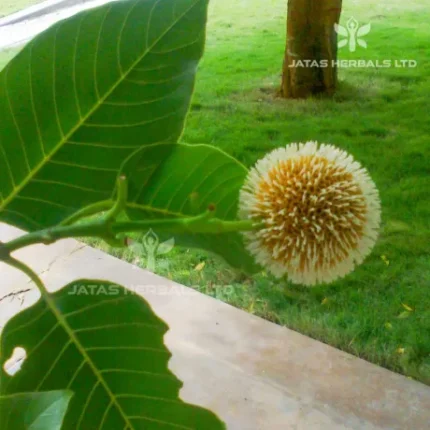Though there is some confusion in identifying arevata, palevata, paravata and mahapalevata, clarity is possible if sorted out appropriately. Both arevata and palevata are synonymous which are identified as Psidium gujava. Guava fruit is also denoted as Parevata in nighanturatnakara. Paravata is mangostan fruit (Garcinia mangostan) while mahaopalevata is muglai bihidana or quince (Cydonia vulgaris) according to Bapalalji. According to Thakur Balvant Singhji arevata is possibly the term used for Rheu emodi Wall during the pre-samhita period and at later periods aragvadha is denoted as arevata. On the other hand, arevata is the name used by susruta (Su.38/64 etc.) and vagbhata (A.H.Su.32/9) whereas, caraka did not mention. Both caraka (Su.26/112 & 27/131) and susruta (Su.4218 & 46/139, 158) have quoted paravata but not palevata. Vagbhata mentioned palevata(A.H.Su.6/135 & 10/26) and not paravata. Paravata is identified as P. gujava by some scholars. But, cakrapani in his bhanumati commentary described that paravata is famous at Kamarupa desa (Combodia). Therefore, it is opined that pravata / palevata must be a Garcinia species. G. gambosa is known as kankustha and G. mangostan is identified as palevata. Another plant paravataka(S.S.Su.46/12) is a variety of vrihi dhanya.
Botanical Description (G. mangostan) – Small tree, leaves – coriaceous, flowers – solitary in umbels or panicles; fruit – berry.






Reviews
There are no reviews yet.